detail profile klara badiola

Riwayat Hidup
Licenciada en Filología Románica por la Universidad de Deusto.
Inició su andadura en el campo del arte dramático simultaneando docencia (tras licenciarse impartió clases de Lengua y Literatura) con interpretación en el grupo de teatro en euskera Xaribari.
Estas representaciones le llevaron a realizar un programa infantil en Radio Popular.
Trabajando en este programa se presentó al casting de La fuga de Segovia (1981) de Imanol Uribe, y obtuvo un papel.
El éxito de la película le impulsó a abandonar la docencia para dedicarse de lleno a la interpretación.
Ingresó entonces en Antzerti, la escuela de Arte Dramático del Gobierno Vasco.
Desde entonces, ha participado en innumerables películas y aparecido en numerosas series y películas realizadas para televisión.
Info Pribadi
Peran Yang Di Mainkan Klara Badiola
 Nora is 30 years old she lives...
Nora is 30 years old she lives...Nora 2020
Nora is 30 years old; she lives with her Argentinian grandfather Nicolás and regularly takes care of her friend Meri's children. She writes the horoscope for the town newspaper, although her dream is to be a travel writer. When her grandfather dies, she inherits an old Dyane 6. Despite being a terrible driver, Nora will set out aimlessly on a road trip along the Basque coast so that her grandfather's ashes may finally rest beside those of her grandmother. The road will soon teach her that she's not a born traveller and that her dream had nothing to do with roving, but was only an excuse for the chance to be free, to grow, to close wounds and, for the first time, to find her own happiness.
 Marc and Rebeca a young couple...
Marc and Rebeca a young couple...The Tree of Blood 2018
Marc and Rebeca, a young couple, travel to an old country house that used to belong to their family. Once there, they write the shared history of their roots, creating a huge family tree that harbours relationships of love, heartbreak, sex, madness, jealousy and infidelity, and under which also lies a history laden with secrets.
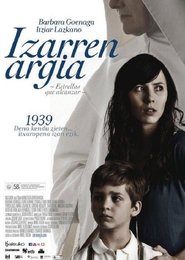 Victoria is a republican widow who...
Victoria is a republican widow who...Stars to Wish Upon 2010
Victoria is a republican widow who enters in the prison of Saturrarán (Vizcaya), place where an experiment of the Franco regime takes part: the separation of children from their mothers to give them up for adoption to families close to the regime, in order to break the chains of communism.
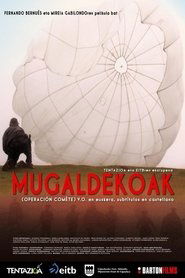 Mugaldekoak is set in the early 40...
Mugaldekoak is set in the early 40...Mugaldekoak 2010
Mugaldekoak is set in the early 40s, when, on this side of the border, the wounds of the Civil War were still open and, on the other, they were living under occupation by the German Army. The tale revolves around the Comète Network, an initiative developed during World War II on the border with Navarre: the clandestine evacuation of British pilots brought down in enemy territory.
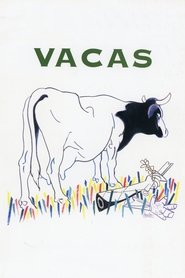 A film set in the Basque...
A film set in the Basque...Cows 1992
A film set in the Basque region, beginning in the Carlist war of 1875 and ending during the Spanish Civil war of 1936. The film portrays how one single act of cowardice shapes the life of the next three generations of two families and fuels the intense rivalry which will span the next sixty-one years.
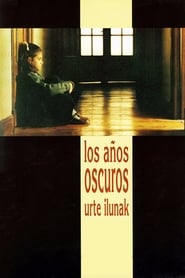 Itziar is eight years old and...
Itziar is eight years old and...Dark Years 1992
Itziar is eight years old and lives in two very different worlds. On the one hand, the world of her disappointed Basque nationalist parents and, on the other, the religious school, which gives the girl a repressive and retrograde education. However, there is another kind of world, much nicer to Itziar, formed by the street and her friends.
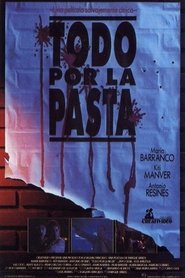 After a robbery at a bingo...
After a robbery at a bingo...Todo por la pasta 1991
After a robbery at a bingo hall, the girlfriend of one of the robbers escaped with the help of another woman tries to recover the loot from the raid. The problem is that some cops also want to do with the loot, to finance political assassinations.
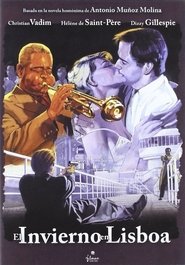 Jim is the drummer for the...
Jim is the drummer for the...El invierno en Lisboa 1991
Jim is the drummer for the great black musician Billy Swann. With him, he plays in a club called San Sebastián, owned by his friend Floro, every summer.
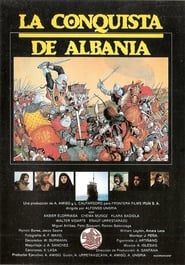 King Carlos II of Spain r 16651700...
King Carlos II of Spain r 16651700...La conquista de Albania 1983
King Carlos II of Spain (r. 1665-1700) once sent his brother Luis to lead a military expedition into Albania and conquer that land for the Spaniards. Since Albania was a part of the dowry of Luis' wife, it seemed like a reasonable idea at the time. While that expedition and its final battle is the subject of this historical film, the scale involved can hardly do justice to the concept. The protagonists talk incessantly, and by the time they get down to the final grand battle, it turns out to be a skirmish between several dozen men.
 In the summer of 1977 a political...
In the summer of 1977 a political...Escape From Segovia 1981
In the summer of 1977, a political prisoner, living in exile, recounts the circumstances of his escape to a journalist: in April 76, a group of ETA members planned to escape from prison, but the project fails when, due to a tip-off, the guards discover the tunnel they are digging. The inmates, far from being discouraged, start a second tunnel.
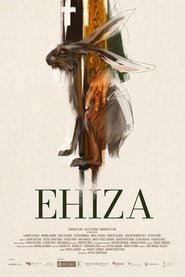
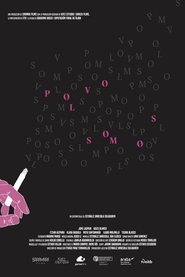 When her grandfather unexpectedly dies Ane...
When her grandfather unexpectedly dies Ane...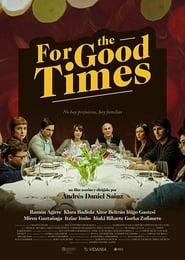 On the birthday of the patriarch...
On the birthday of the patriarch...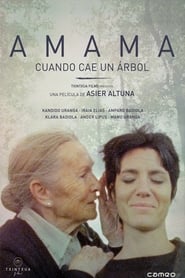 The story of a family the...
The story of a family the...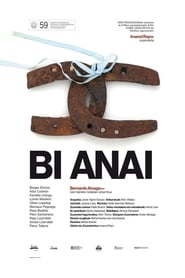 At the death of his father...
At the death of his father...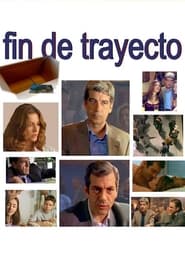

 Its 8 AM in a summer morning...
Its 8 AM in a summer morning...